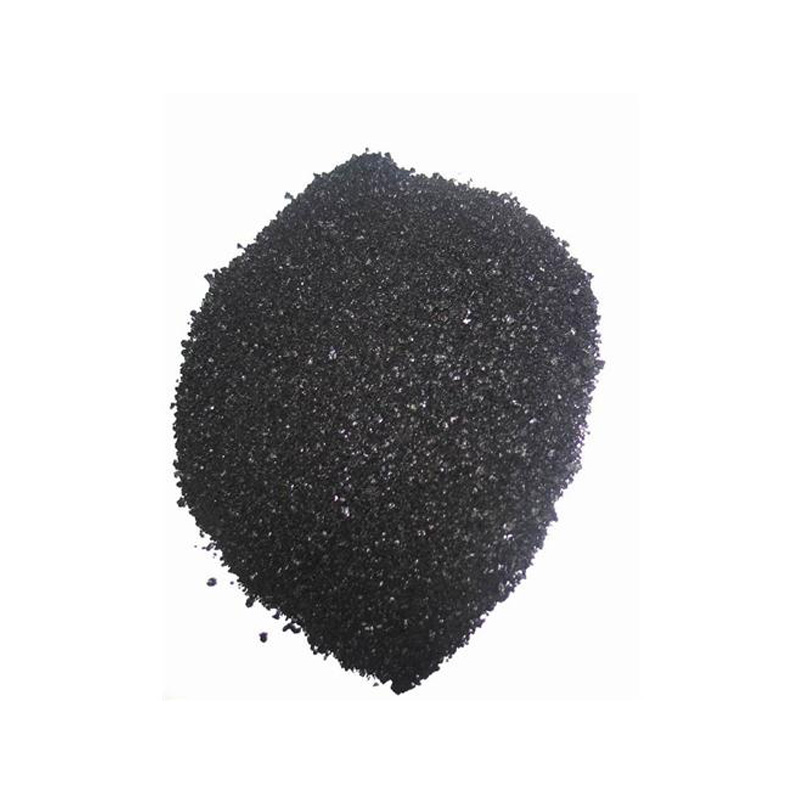indigo dye plant
The Indigo Dye Plant A Deep Dive Into History, Culture, and Sustainability
The indigo dye plant, known scientifically as *Indigofera tinctoria*, has played a significant role in the history of textile dyeing across various cultures
. With a rich heritage that spans thousands of years, indigo has not only been prized for its vibrant blue hue but also for its economic and cultural implications.Historically, indigo was one of the first natural dyes used by humans, dating back to ancient civilizations. Archaeological evidence suggests that indigo dyeing practices emerged in regions such as India and Egypt as early as 6,000 years ago. In India, the use of indigo was so widespread that it became synonymous with wealth and prestige. The British East India Company capitalized on this demand during the 18th century, leading to the establishment of indigo plantations in Bengal, which caused significant socio-economic changes and conflicts within the region. The Indigo Revolt of 1859, a peasant uprising against the oppressive practices of indigo planters, marked a significant moment in India’s colonial history.
Apart from its historical significance, the cultural implications of indigo are profound. In many societies, indigo dyeing has evolved into an art form. Traditional methods have been passed down through generations, transforming the dyeing process into a communal activity that fosters collaboration and creativity. In West Africa, for instance, the Yoruba people are known for their intricate indigo-dyed fabrics, which often carry symbolic meanings and are used in ceremonial contexts. The craftsmanship involved in creating these textiles underscores the importance of preserving these cultural practices in the face of modern globalization.
In recent years, there has been a resurgence of interest in indigo dye due to the growing demand for natural, sustainable alternatives to synthetic dyes. Synthetic dyes, while offering a wide range of colors, often come with environmental and health risks. Many conventional dyeing processes involve toxic chemicals that can pollute waterways and harm communities dependent on those ecosystems. In contrast, indigo is derived from a natural source, making it an environmentally friendly option.
indigo dye plant

Moreover, the cultivation of indigo plants supports sustainable agricultural practices. Indigofera tinctoria is a drought-resistant plant that can thrive in poor soils, making it an excellent choice for farmers in arid regions. By incorporating indigo into crop rotation systems, farmers can improve soil health and biodiversity. The revival of indigo farming not only contributes to the economy but also helps to restore traditional practices that have been neglected.
Artisans and designers around the world are now embracing indigo dyeing, often blending it with contemporary fashion and art. The use of indigo in modern textile design highlights a harmonious balance between tradition and innovation. Workshops and educational programs that teach indigo dyeing techniques are becoming increasingly common, enabling new generations to appreciate and engage with this ancient craft.
Additionally, in the context of social responsibility, many initiatives aim to empower local communities involved in indigo production. By promoting fair trade practices and ethical sourcing, these initiatives ensure that artisans receive fair compensation for their work, helping to lift communities out of poverty while preserving their cultural heritage.
In conclusion, the indigo dye plant is more than just a source of vibrant color; it is a symbol of history, culture, and sustainability. As the world continues to grapple with the environmental impacts of industrial practices, the revival of traditional indigo dyeing represents a path toward a more sustainable and culturally conscious future. By valuing and supporting this ancient craft, we not only celebrate the stories woven into indigo fabrics but also contribute to a more sustainable world. The indigo dye plant continues to inspire and connect us across time and cultures, reminding us of the beauty and depth of natural living.
-
Understanding Dyeing Blue: Key Insights on Sustainable and Industrial Blue Dyeing Processes
NewsNov.25,2025
-
Explore Sustainable Indigo Manufacturing & Dye Industry Trends | Wuxin Indigo
NewsNov.24,2025
-
Discover Indigo On: Innovative Modular Solutions for Global Sustainability
NewsNov.24,2025
-
Explore Traditional & Sustainable Indigo Production in India | Eco-Friendly Dye Solutions
NewsNov.23,2025
-
Indigo Suppliers: Sustainable Dyeing Solutions for Global Textile Industry
NewsNov.23,2025
-
Instant Indigo – Fast, Eco-Friendly Indigo Dye Solutions for Modern Industry
NewsNov.22,2025
-
Japanese Indigo Cloth – Sustainable Tradition Meets Modern Textile Innovation
NewsNov.22,2025

Sulphur Black
1.Name: sulphur black; Sulfur Black; Sulphur Black 1;
2.Structure formula:
3.Molecule formula: C6H4N2O5
4.CAS No.: 1326-82-5
5.HS code: 32041911
6.Product specification:Appearance:black phosphorus flakes; black liquid

Bromo Indigo; Vat Bromo-Indigo; C.I.Vat Blue 5
1.Name: Bromo indigo; Vat bromo-indigo; C.I.Vat blue 5;
2.Structure formula:
3.Molecule formula: C16H6Br4N2O2
4.CAS No.: 2475-31-2
5.HS code: 3204151000 6.Major usage and instruction: Be mainly used to dye cotton fabrics.

Indigo Blue Vat Blue
1.Name: indigo blue,vat blue 1,
2.Structure formula:
3.Molecule formula: C16H10N2O2
4.. CAS No.: 482-89-3
5.Molecule weight: 262.62
6.HS code: 3204151000
7.Major usage and instruction: Be mainly used to dye cotton fabrics.

